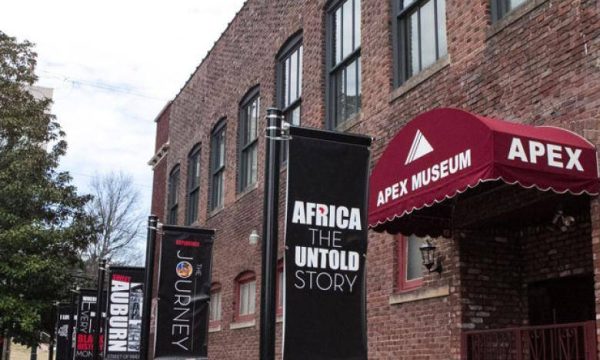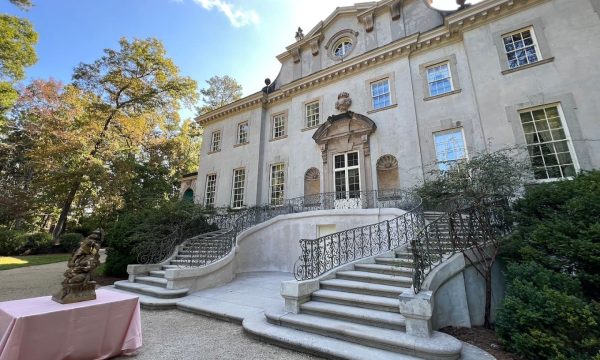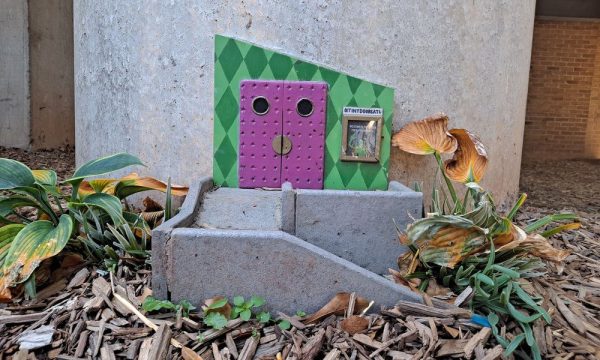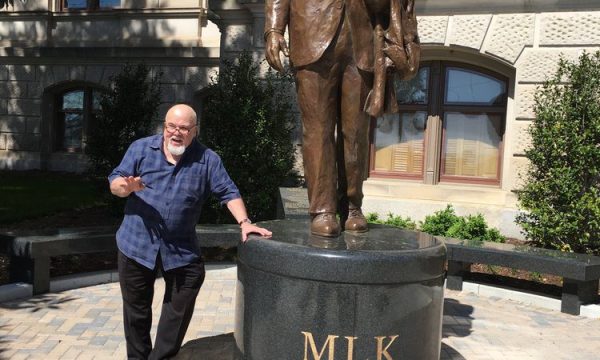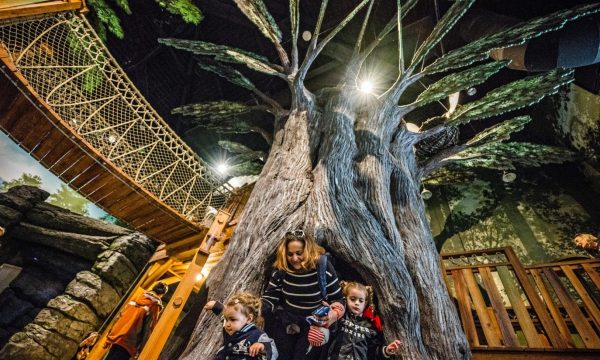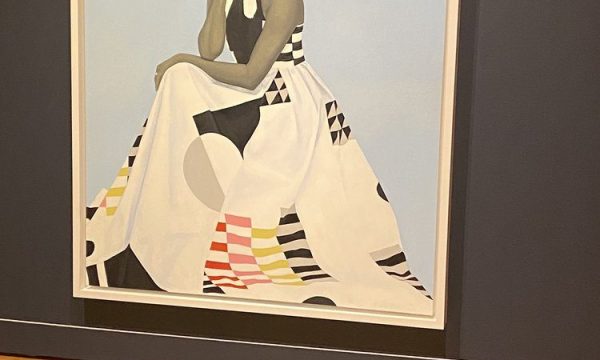Nestled on a quiet residential street in Atlanta’s historic West End, Hammonds House Museum is a unique setting to explore the cultural diversity and legacy of artists of African descent. The Museum is the former residence of the late Dr. Otis Thrash Hammonds, a prominent Atlanta physician and a passionate arts patron. Shortly after his death in June 1985, the Fulton County Board of Commissioners under the leadership of Chairman Michael Lomax purchased the house and the collection of 250 artworks which Dr. Hammonds had amassed over the years. The property was purchased with the intention of it becoming the African American research library but the library board passed on the building. Edward S. Spriggs, who had been the director of Studio Museum of Harlem for seven years was now in Fulton County’s Public Arts department and was watching the debates about how to use the newly acquired building with great interest. Spriggs submitted a proposal for an African American Museum to the board of commissioners which was adopted. The Hammonds House Galleries, a 501(c)3 organization, opened in 1988. The name was later changed to Hammonds House Museum.
Hammonds House Museum boasts a permanent collection of more than 450 works dating from the mid-19th century by artists from America, Africa, and the Caribbean. Highlights of the collection include 18 works by master artist Romare Bearden and the oldest known painting by acclaimed landscape artist Robert S. Duncanson. Benny Andrews, Elizabeth Catlett, Sam Gilliam, Richard Hunt, Jacob Lawrence, P.H. Polk, Hale Woodruff, and James Van Der Zee are among the scores of important regional, national, and international artists represented in the collection.
The Museum’s yearly calendar of events includes 3 visual art exhibitions by significant mid-career and established artists, artist talks, panel discussions, workshops, art education for young people, as well as book readings, music concerts and more.
For 35 years, Hammonds House Museum has been a mecca for people seeking inspiration, interaction, and intellectual stimulation centered on art of the African Diaspora.







